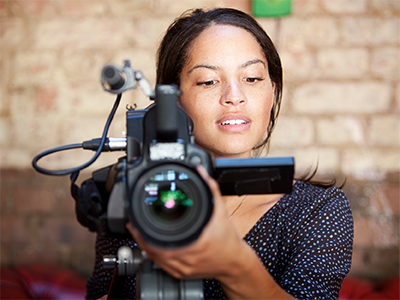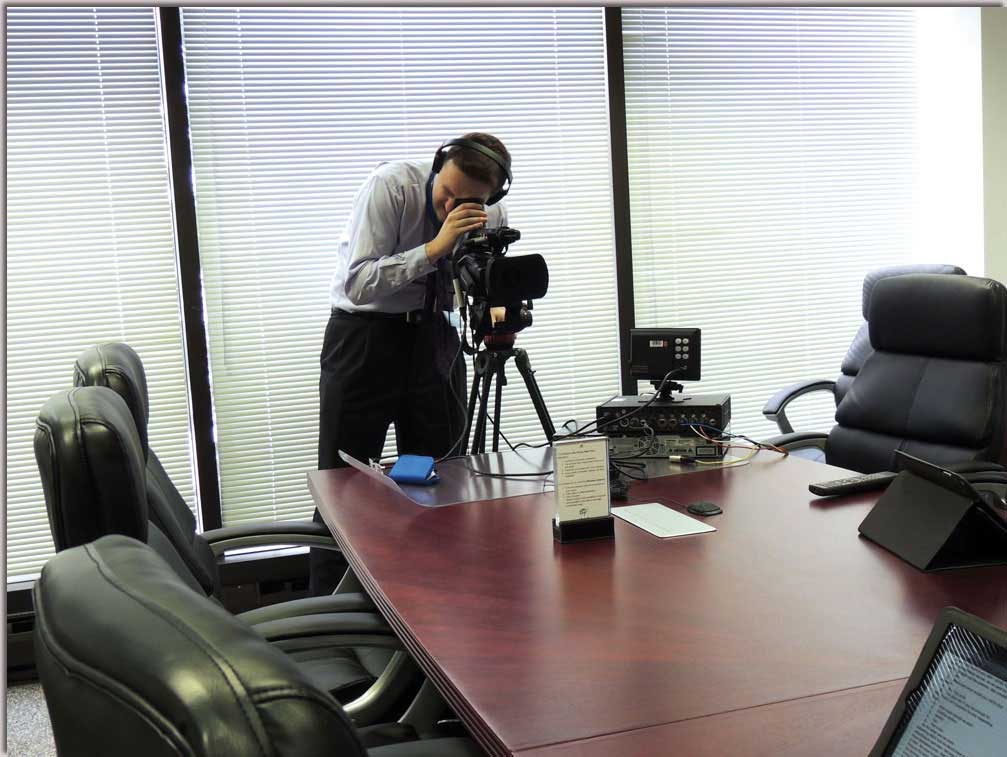How Legal Videography Has a Crucial Role in Contemporary Legal Practices
How Legal Videography Has a Crucial Role in Contemporary Legal Practices
Blog Article
Why Lawful Videography Is Important for Accurate Court Recordings
The function of lawful videography in court setups can not be overstated, as it functions as an important tool for preserving the integrity of court documents. By recording both spoken and non-verbal interaction, it enhances the quality of witness statements and shows the nuances of court room interactions. This detailed paperwork not only help in decreasing potential misconceptions but additionally sustains appellate evaluations, consequently reinforcing the judicial process. The ramifications of incorporating legal videography right into basic court practices raise vital questions regarding its more comprehensive impact on the lawful system. What might these ramifications entail?
Value of Visual Evidence
In the realm of legal process, the relevance of visual evidence can not be overemphasized. Visual proof acts as a powerful tool in establishing truths, supporting testaments, and improving the total quality of an instance. This kind of evidence, that includes pictures, videos, and layouts, can offer a substantial context that spoken descriptions often lack, therefore providing courts and judges a clearer understanding of the scenarios surrounding a case.
In addition, aesthetic evidence aids in the retention of information. Human cognition is inherently aesthetic, and individuals are a lot more most likely to bear in mind and understand info offered in an aesthetic format. In the court room, this can be critical, as compelling aesthetic evidence can sway viewpoints and reinforce the story offered by lawful agents.
Additionally, the usage of visual proof can minimize misconceptions and ambiguities that often emerge from spoken exchanges. By supplying a straight representation of occasions, visual evidence assists to remove subjective interpretations and fosters an extra objective assessment of the truths. As a result, the combination of aesthetic evidence into lawful procedures not only reinforces the integrity of the judicial procedure however additionally enhances the probability of achieving a simply outcome.
Catching Non-Verbal Cues
Using innovative videography methods can significantly boost the capture of non-verbal hints throughout lawful proceedings. Non-verbal interaction, consisting of facial expressions, body movement, and eye get in touch with, plays an important duty in sharing emotions and purposes that might not be explicitly mentioned in verbal statement. legal videography. Legal videography employs high-definition cams and calculated angles to make certain that these refined hints are videotaped with clarity and accuracy
The ability to evaluate non-verbal actions can provide useful context to statements made throughout court sessions. For example, a witness's unwillingness or self-confidence can be translated with their pose or gestures, potentially affecting the court's perception of reliability. The use of close-up shots can help concentrate on an audio speaker's expressions, allowing for a more nuanced understanding of the statement.
In addition, incorporating multiple cam angles can produce a detailed view of interactions, highlighting characteristics between celebrations included. This complex approach not just boosts the accuracy of the court document but likewise aids in preserving the honesty of the judicial procedure - legal videography. Ultimately, recording non-verbal cues through lawful videography cultivates a richer, extra full representation of court procedures

Enhancing Statement Integrity
The dependability of testament can be significantly boosted with the usage of high-quality legal videography. Video clip recordings work as an unbiased tool that captures not just the spoken words of witnesses however likewise the nuances of their distribution, consisting of tone, pacing, and psychological expressiveness. This complex documentation offers a clearer understanding of the witness's credibility and intentions, which can be essential in lawful procedures.
Additionally, lawful videography reduces the possibility for misinterpretations that may develop from created transcripts alone. When jurors can observe a witness's behavior and body movement along with their testimony, they are much better equipped to analyze the credibility and reliability of the evidence presented. This aesthetic context can reinforce the testimonial story, making it a lot more engaging and reliable.
Furthermore, the visibility of a video clip recording can discourage potential variances in testament. Witnesses might be more cautious in their declarations when they recognize they are being recorded, resulting in more accurate and truthful accounts. In general, top notch lawful videography enhances the integrity of statement, making sure that the court has access to a full and truthful depiction of the facts as conveyed by the witnesses.
Sustaining Appeals and Reviews
Lawful videography plays a crucial role in sustaining charms and reviews by giving a thorough visual document of court room proceedings. This visual paperwork catches not only the spoken words of witnesses and attorneys yet additionally the subtleties of body movement, intonation, and courtroom dynamics. Such aspects can be pivotal in comprehending the context of testimonies and arguments presented.
In the appellate process, where the emphasis gets on mistakes of law and procedural justness, a video document can offer as an important tool for appellate courts. It allows courts to evaluate the initial test context, making certain that choices are based on a complete understanding of the process. The capability to aesthetically examine the disposition of witnesses or the interactions between celebrations can reveal insights that written transcripts might ignore.

Furthermore, lawful videography can help in clearing up ambiguities in statements or step-by-step judgments, thereby reinforcing the basis for an appeal. By using a trustworthy, objective account of what transpired in court, lawful videography not just sustains the honesty of the lawful process yet additionally equips all events involved to make informed choices concerning their situations.
Simplifying Court Processes
Enhancing court room effectiveness, legal videography streamlines processes by supplying instant access to aesthetic records of proceedings. This technology enables judges, lawyers, and juries to take another look at crucial statement and evidence, ensuring that all parties have a clear understanding of see this website the situation. By capturing the nuances of spoken and non-verbal communication, videography enhances the record, making it easier to realize the context and weight of statements.

In addition, video clip recordings can promote remote involvement in hearings, permitting for higher versatility in scheduling and participation, which is specifically useful in complex instances including multiple stakeholders.
Conclusion
To conclude, legal videography plays an important role in guaranteeing precise court recordings by giving essential visual proof that captures both find out spoken and non-verbal interaction. This technique improves the integrity of statements, supports appellate reviews, and streamlines court procedures. By promoting a thorough understanding of court room characteristics, legal videography ultimately adds to more fair judicial end results, strengthening the integrity of the legal system and promoting educated decision-making.
Report this page